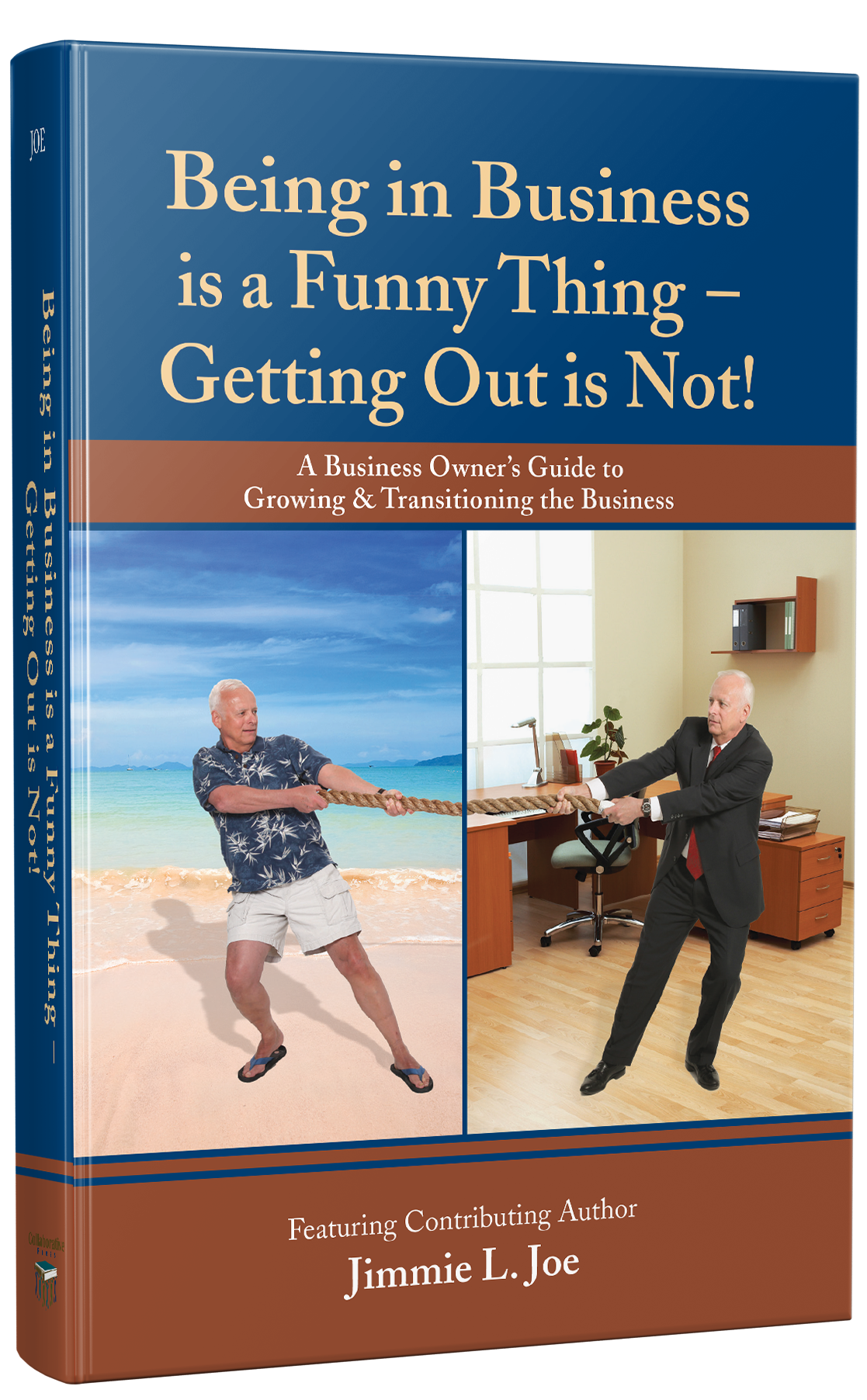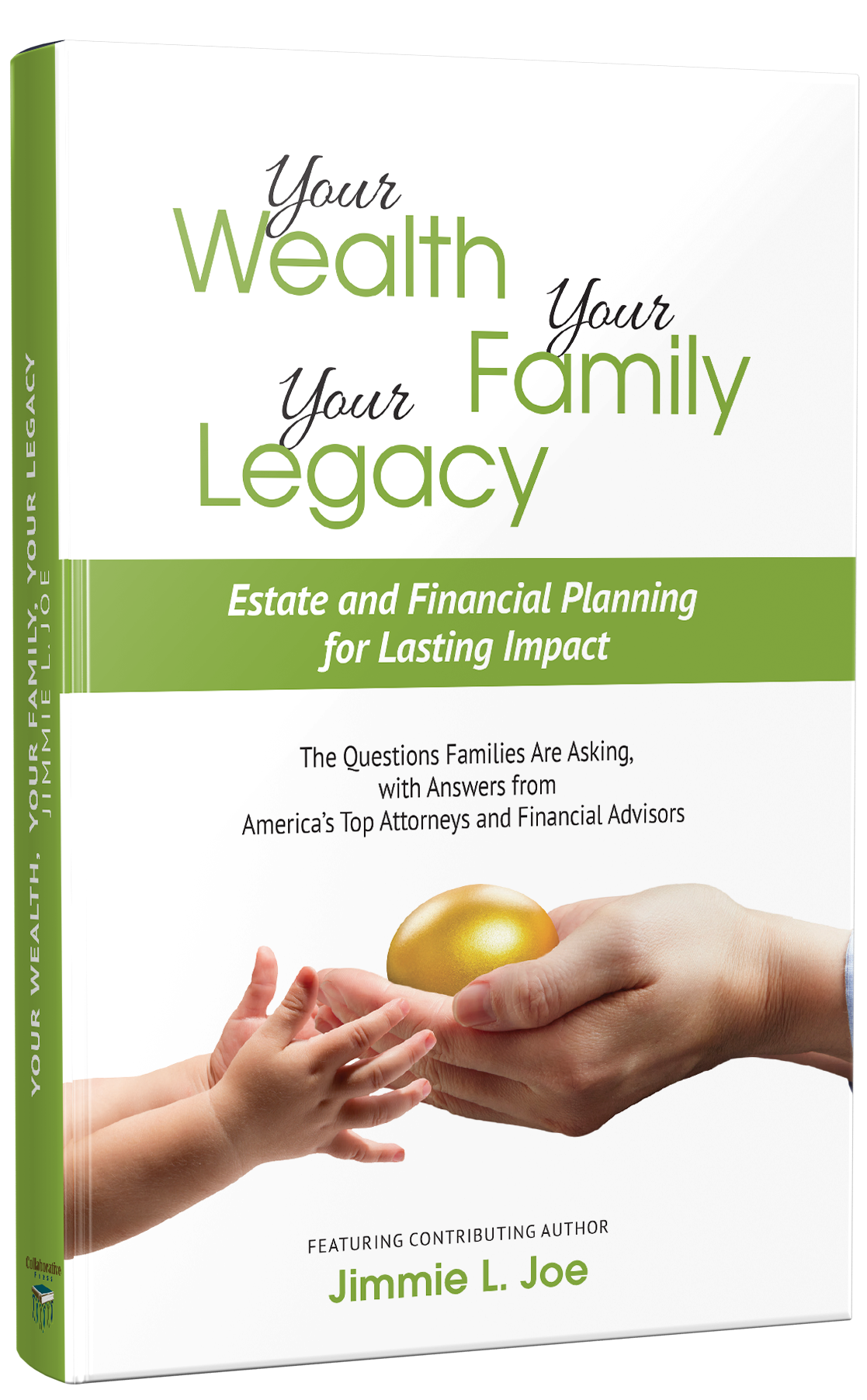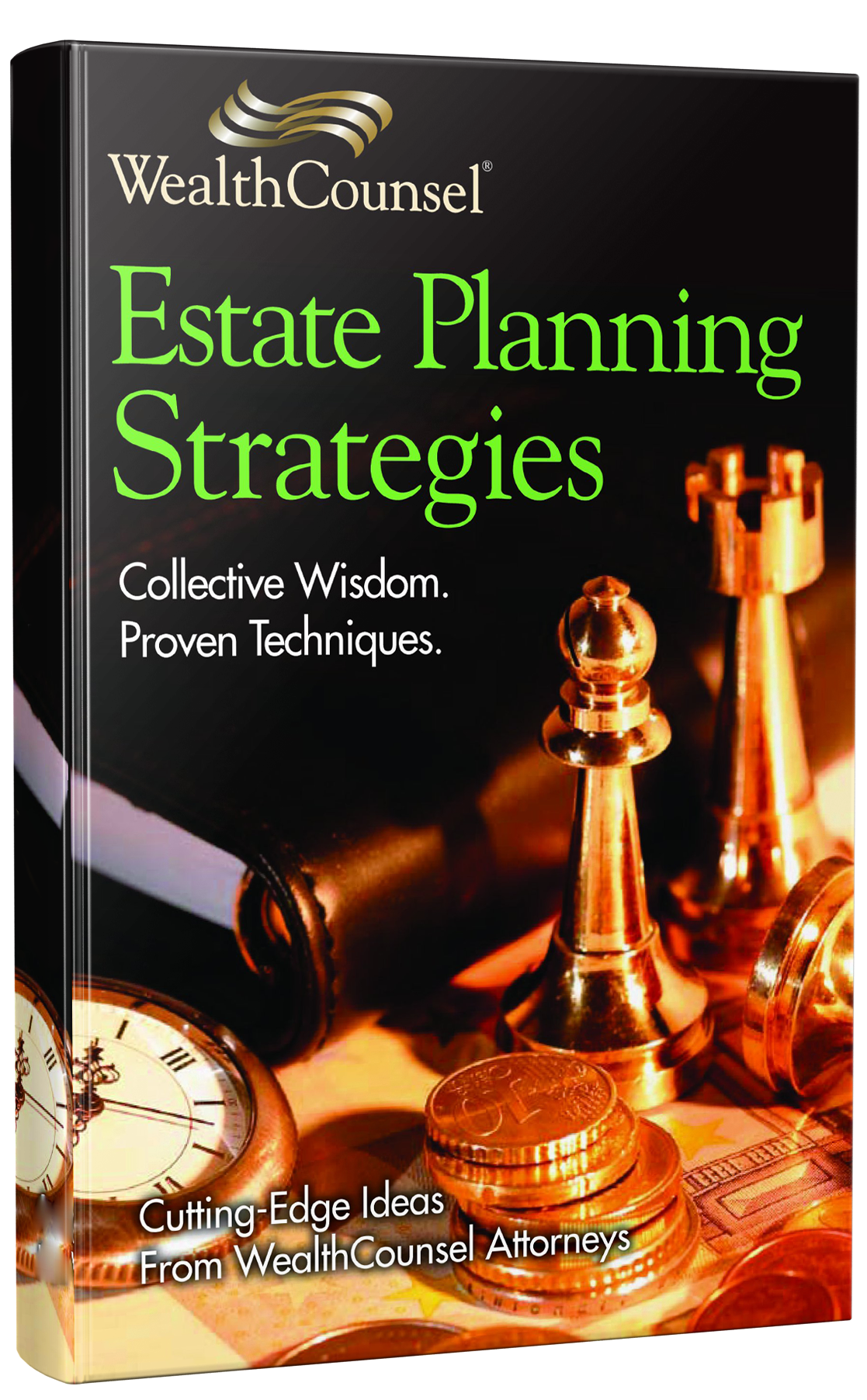Common Questions
A Will is a legal document that allows you to determine how you want your property to pass. If you do not have a Will, your property will pass to your heirs according to California law. A Will also allows you to nominate an executor to manage the assets of your estate, nominate a legal guardian to care for and provide for minor children, and allocate or apportion estate taxes.
No. In fact, having a Will assures that your estate will pass through probate. Probate is necessary to ensure that a Will is valid so your assets can pass to loved ones named in the Will.
No. Although a Will can pass most of your assets, some assets such as life insurance proceeds, retirement benefits, joint accounts, jointly held realty, assets held in a living trust, and your spouse’s one-half community property interest in any assets cannot be passed through your Will.
In California, a deceased person can have a handwritten (Holographic) Will, a Statutory Will or a Will prepared by an attorney. A Holographic Will must be in the maker’s handwriting and must conform to the laws in California recognizing use of handwritten Wills. A Statutory Will is a form Will authorized by California and is created by filling in blanks. A Will prepared by an attorney is a Will that is prepared under the advice of an attorney, who usually oversees the execution.
Yes. Anyone can amend their Will by use of a Codicil (an amendment to a Will) or by destroying a previous Will and executing a new one. However, it is advisable to seek the advice of an attorney when changing a Will. A Will that is not correctly amended may cause confusion after death and may be contested by disgruntled heirs.
Probate is a court-supervised process that oversees the administration of a deceased person’s estate. Its purpose is to assure that a deceased person’s debts are paid, beneficiaries described in the Will are ascertained, the executor’s or administrator’s actions are monitored, income and estate taxes are paid, and assets of the estate are distributed according to the Will’s terms.
Court supervision is the biggest advantage to probate. It allows for a measure of accountability when disputes are anticipated.
The disadvantages of probate are that it is a public proceeding, costs and expenses are usually higher than administration of a living trust, and the process may take much longer to complete.
Yes. Certain property will not have to go through probate in order to be distributed. They include jointly held property (joint bank accounts, real estate held as joint tenants, etc.), community property (but a spouse may give away his or her one-half community property interest via a Will), small estates (in California estates valued at less than $166,250 may pass without probate by use of a signed affidavit in accordance with the law), life insurance proceeds (as long as they are not payable to the estate of a deceased person), IRA’s, 401K’s, retirement accounts, property passing to a surviving spouse (California allows property to pass to a surviving spouse through a streamlined process called a spousal property petition), and assets held in a living trust.
The revocable living trust contains instructions for managing your assets during your life and also upon death. A living trust is created during your lifetime and becomes effective immediately when you sign it. After a trust is created, your assets should be transferred into the name of your trust. You can transfer property to the trust, and still maintain control and use of all the property while living. You can revoke or change the trust at any time. You can be the trustee of your trust while living, and because these transfers are made ahead of time, upon your mental incapacity or death, your successor trustees can step into your shoes and start handling your financial affairs without a court order or the need to establish a conservatorship. Upon your death, the property will be distributed according to your trust instructions without the need to go through a court proceeding such as probate.
In some cases, yes. A living trust is not subject to court supervision. As a result, it is possible for an unscrupulous trustee to take advantage of the trust to a greater extent than if a court were supervising the actions of the trustee. Further, a living trust is generally more expensive to create than a standard Will. However, the long-term cost difference is often much more favorable when compared to the alternatives of going through probate or being subject to estate and generational taxes.
A living trust may not be extremely helpful to a young single individual without kids and little or no assets. However, keep in mind that assets accumulate over time and circumstances change for people. A living trust is also important in directing how you are to be cared for in the event you become incapacitated.
Yes. Living trusts must be funded at creation. Funding occurs when assets are retitled in the name of the trust. Sometimes, the retitliing may be overlooked or future acquired assets may be left out of trust. Having a “pour over Will” directs that any assets held in your name be transferred at your death to your living trust. These assets will have to pass through probate, but distribution will be made to the trust so that the trust terms can govern the ultimate disposition of your assets. A Will also permits you to nominate a guardian to care for and provide for minor children.
It depends. A living trust for married couples may include estate tax planning provisions that seeks to minimize or reduce estate taxes. This is commonly done through “A-B” or “A-B-C” trust planning. Through use of a family (or bypass) trust, it is possible to preserve the deceased spouse’s estate tax exemption to shield exempted assets from estate tax at the first death. Coupled with the unlimited marital deduction (transfers to a U.S. citizen spouse after the first death), a trust can be designed so there would be no estate taxes at the first death and possibly avoiding estate taxes altogether at the surviving spouse’s death.
If the size of the combined estates of both spouses is greater than the estate tax threshold, there may be estate tax due at the surviving spouse’s death without further planning beyond the living trust.
At death, the estate tax applies to the transfer of property to another person. The personal representative (executor or Trustee) is required to take an inventory of all property owned by the decedent at death to determine the gross estate before any deductions, exclusions or credits. The executor must determine the fair market value of all properties, which means an independent qualified appraiser for certain assets, may be required.
The date of valuation for assets may be the date the decedent died or an alternate valuation date (six months after the date of the decedents’ death). After the gross estate value has been determined, funeral, administration expenses, marital/charitable deductions, state death tax deductions are subtracted to determine the Taxable estate. The tax is due and payable within 9 months after death.
The estate tax applies at a 40% rate to assets exceeding the estate tax exemption for an individual.
As of 2022, the estate tax exemption is $12.06 million. For a married couple with a living trust and tax planning, up to $24.12 million of the couple’s combined assets can be exempted from estate tax. However, the estate tax exemption is scheduled to be reduced to $5 million (indexed for inflation) per person in 2026.
Almost everything you own will be included in your estate to determine Estate Taxes. This includes one’s home, business interests, bank accounts, investments, personal property, IRAs, retirement plans and death benefits from life insurance policies payable to or owned by the estate. These items are reduced by one’s debts at death, expenses of administration of the estate (such as executor, legal, and accounting fees), certain medical expenses, funeral expenses, marital and charitable deductions and certain losses. The value of the estate after deductions is subject to the Estate Tax to the extent it exceeds the exemption amount established by Congress at the time of death.
You can give up to $16,000 annually to anyone you want gift tax-free. So, if you and your spouse each give $16,000 to your three children and two grandchildren, you can give away $160,000 annually. This is a great way to reduce the size of your estate.
You can also gift up to the lifetime limit of the estate and gift tax exemption amount of $12.06 million in 2022, without being subject to a gift tax. The gift tax exemption will be reduced to $5 million (indexed for inflation) in 2026 and beyond unless Congress elects to change the current law.
An Irrevocable Life Insurance Trust (“ILIT”) is probably the most frequently used type of irrevocable trust. It’s an irrevocable trust that you can establish to own a life insurance policy on your life. If you personally own a life insurance policy, the policy proceeds will be includable in your taxable estate and subject to estate tax at your death. However, if someone other than you owns the policy, the policy proceeds will be excluded from your taxable estate.
One of the easiest ways to reduce the size of your estate is to have an ILIT own the policy rather than yourself. Existing policies can be gifted to that trust, or new life insurance can be acquired by the trust. Life insurance that is gifted to an irrevocable trust is subject to being included in your estate for three years after the date of the gift. Insurance that is initially acquired by the trust can be immediately excluded from your taxable estate.
When you pass away, the life insurance proceeds will be paid according to the instructions of the irrevocable life insurance trust (i.e. to your spouse, children, etc).
A qualified personal residence trust (QPRT) is a trust that holds a personal residence for a term of years, allowing you, in effect, to give away your residence at a discount and “freeze” its value for federal estate tax purposes – all while continuing to live in it.
A QPRT Trust takes advantage of certain provisions of federal law that allow you to make a gift to the trust of your personal residence, for the ultimate benefit of the remainder beneficiaries at a discounted value. Assume that the remainder beneficiaries are your children – the most common situation for most QPRT planning. Either your principal residence or a vacation home can be transferred into a QPRT. This, in turn, removes the asset from your estate, reducing potential estate taxes at your death. For gift tax purposes, the original transfer will be treated as a gift to the children, but not a gift of the current fair market value. Instead, it’s a gift of the value of your children’s future right to the residence at the end of the QPRT term (called the “remainder interest”), which is discounted in value. You must file a gift tax return at the time the residence is transferred to the trust.
A GRAT or GRUT is an irrevocable trust that allows you to make gifts of assets such as a stock, a business, real estate, etc., for a fixed number of years while still retaining the income. If you do not live until the set period expires, the transferred asset is included in your estate. After the retained period expires, the asset is distributed to your beneficiaries at a discounted value, since the distribution is delayed until some future period. This enables you to remove investment assets from your estate while allowing you to retain an income interest for a fixed period.
Quite simply, it is a limited partnership established by a family for a business purpose. There are many reasons families may want to hold certain assets in a business entity such as a limited partnership or limited liability company. These include centralizing management of family business assets, allowing children to participate in management, provide asset protection, and to manage cash flow to family members. A limited partnership has at least one general partner and one limited partner. The partnership is managed by the general partner, who has full control in management and personal liability for the debts of the partnership.
Interests in the partnership can be restricted from sale or transfer and as control rests with the general partner, the limited partnership interests may be valued at a discount due to the restrictions and limitation on control and other rights. The purpose is to create a family business to carry out estate planning objectives, protect assets from lawsuits and divorces, provide a succession plan, and centralize control and management of profit distributions. In doing so, there may also be estate and gift tax benefits realized in the form of the reduced value of the partnership interests.
A charitable remainder trust (CRT) is a trust where there are two separate and distinct “beneficial interests,” also known as “split interests.” This means that two different entities have an interest in the assets of the trust. These two interests are usually the “income interest,” which means income from the trust, and the “remainder interest,” which means what is left over at the termination of the trust. In a CRT, a non-charitable beneficiary receives the income interest and a charitable beneficiary receives the remainder interest.
A properly drafted CRT can allow the creator of the trust to take a Federal income tax deduction, as well as provide an income stream for life.
The Generation Skipping Transfer Tax (GSTT) is designed to ensure that a transfer tax is paid at each generational level. In the early days of the federal estate tax, the wealthiest families devised a method to effectively be taxed every other generation. Your parents would leave their estate to your children, their grandchildren, (instead of you), thereby avoiding tax on their estate upon your death. In turn, you would leave your estate to your grandchildren instead of your children, thereby allowing the transfer to escape estate tax when your children die. This became known as a generation-skipping transfer.
Over time, wealthy clients then began leaving their assets in long-term trusts to benefit multiple generations, and thereby escaping taxation at each generational level.
As with the estate and gift tax exemptions, the GST tax exemption is also $12.06 million per person for 2022, and is also set to revert back to $5 million (indexed for inflation) in 2026 unless changed by Congress. The tax applies at a 40% flat rate. However, while the estate tax exemption has been made portable between married couples, the generation skipping transfer tax exemption has not. Thus, special planning is required to take full advantage of the GSTT opportunities.
You can utilize your Generation Skipping Transfer (GST) Tax exemption to plan for several generations and build enormous wealth. This type of planning is known as dynasty planning. One of the reasons Congress enacted the GST Tax is to curb the wealth-building effects of dynasty planning. The concept of dynasty planning is to pass the maximum amount of wealth you can to your grandchildren (and subsequent generations) in a dynasty trust without subjecting the transfer to the GST Tax. In so doing, you can exempt the trust property from future GST and Estate taxation.
For example, assume you have $10 Million and that you leave it to your child. For ease of illustration, assume a $10 Million estate tax exemption, a $10 Million GST Tax exemption and a 50% estate and GST Tax rate. At your death, you can leave the full $10 Million estate tax free to your child. Assuming your child is able to double her inheritance to $20 Million over her lifetime, at her death, there would be an estate tax on $10 Million, so that your child’s estate would pay $5,000,000 in estate tax. This would leave an inheritance of $15 Million to your grandchild. Assuming your grandchild is able to double her inheritance over her lifetime, she would have an estate of $30 Million at her death. After estate taxes, she would be able to leave a $20 Million inheritance to your great-grandchild.
In the alternative, what if you had funded a dynasty trust with your $10 million and allocated your estate and GST Tax exemptions to make the trust exempt from estate and GST Tax? Assume that the trust value doubles at every generational level just like the above Scenario. Upon your child’s death there would be $20 million in the trust with no death tax due. Upon your grandchild’s death there would be $40 million in the trust for the benefit of your great-grandchild, with no death tax due.
Notice the amount left to the great-grandchild under the first scenario was $20 million and under the second scenario was $40 million.
As you can see, Dynasty Planning can account for growth in wealth over several generations. And, it is logical to most families that any benefits given to their children through their estate plan should be extended to their grandchildren and beyond.









